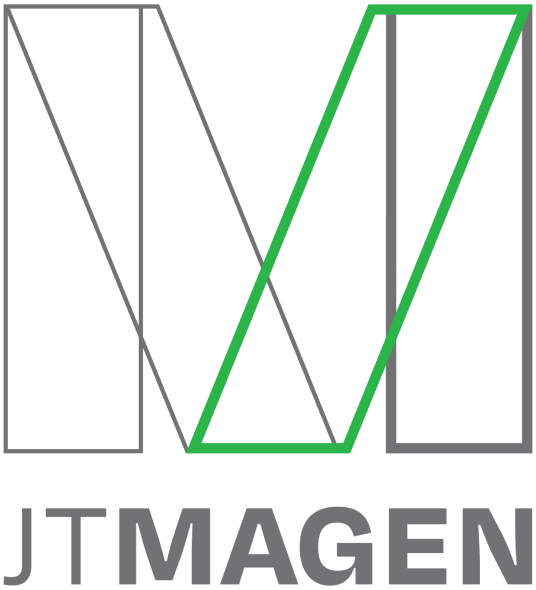Last year, I met the managing partner of a law firm who was in the middle of moving to a new practice management system. The firm had been on the existing software solution for close to two decades, and Jim (as we’ll call him here), was a bit anxious about the change. When I asked him why, he said that overall they were happy with the software they’d grown to know and master all these years, but “it’s not in the cloud, and everyone says we need to be in the cloud, so we’re changing” (to a web-based system).
Fast forward to last week when Jim and I caught up and he’s now looking to change back. “The new system is sleek and cool, and it’s nice that it’s in the cloud, but it just doesn’t do some of the things that we need, and even after all the work we put into migration, we’ve decided to switch back. Can you help us?” he asked me.
Why did this happen? Isn’t cloud the best thing to happen to computers since Wi-Fi? In many respects, absolutely. But when it comes to software, especially business applications, it’s not as cut and dry. Let’s take a deeper look.
Beginning in the 1990s, network-based applications, sometimes referred to as line-of-business, client-server, or database applications, appeared in professional offices. Originally as DOS-based, these programs gradually made their way to Windows with more modern programming code. Believe it or not, many of them still exist today, handling time & billing, case & client information management, tax preparation, document management, workflow, and more. They are the lifeblood for thousands of law and accounting firms. Commonly referred to as client-server applications (as the client software on each user's PC interacts with the database server software), examples include CCH and Lacerte for accounting firms, and Tabs3, PracticeMaster, Time Matters, TimeSlips, Worldox, ProLaw, and Juris at law firms. And then there's QuickBooks Desktop (also known as Pro/Premiere/Enterprise), which most CPAs agree is the leading solution for small businesses.
Over the past decade, many new cloud-native applications have emerged, often as 100% browser-based alternatives to the client-server applications. While a few of these cloud offerings have gained tremendous market share, for many firms, the client-server options still reign supreme. Here's why:
- Features. Firms often switch applications because of new features without doing their due diligence. Perhaps they want features that the new system promises; however, they may not realize that their current system may already have those features. Other times, a firm may rightfully want some of the bells and whistles offered by the new system, but they may sacrifice other features that the new system does not offer. Furthermore, most of the client-server software have been around for decades, and the products have matured accordingly. Newer cloud alternatives often do not have the depth of features like their mature cousins. Too often, businesses switch for the wrong reasons.
- Performance. Client-server applications are typically written in languages such as .NET or C#, which are meant to build and deliver software. Websites, on the other hand, may be written using dozens of variations of code, including HTML, HTML5, CSS, and JavaScript, which are all built to deliver websites, not necessarily applications that are heavily user-interactive. When software tries to run in a browser, it often responds slower to user interaction, such as filling in data or moving through fields. While these delays can be as fractions of a second, when users are required to work rapidly in a system, with heavy amounts of data entry, the lag adds up quickly and frustration ensues. Web browsers are heavy applications these days, and while conventional wisdom may suggest faster computers, more memory, or upgrading to a faster internet connection, the reality is that none of these will make a significant difference if the system is poorly written.
- Partner support. Once a firm is bigger than 10 people, they often need an expert to help implement and use their applications to the fullest. The expertise available from consultants for both law and accounting firms is exponentially larger for traditional client-server software. This is due mainly to two things: first, these products have been around for much longer, and have grown their partner networks over time (many partners also have decades of experience using the software and implementing it for firms, like yours). Second, most client-server software is only sold through partners, therefore, letting the software company focus on writing great software while the partners deliver professional services. Most cloud systems are still ‘do it yourself’ without proper partner support.
- Integrations. Perhaps you are considering replacing your document management program, however, that program integrates with your email, billing, and CRM applications. The new option may not have those integrations, forcing you to replace those systems as well, or wait for integrations to be built.
- Version control. Cloud systems are upgraded at the provider’s will. You have no control over how or when. Upgrades often come with a few bugs (even from the best of software companies) and while you would normally wait to upgrade until you are not in a busy season, in cloud you have no control.
- Cost of migration. The larger your firm is and the more data you have in your system, the more complex it will be to move. And for your staff, who have grown accustomed to their ways, it will take time and equate to lost productivity for them to learn. Finally, there is a good chance that you will only be able to move lists (such as client or work types), but not historical work and records, and therefore you’ll still need to maintain your old system for historical records, cases, filings, and information, and the cost of that must be considered.
- Long term cost. Traditional software generally has low annual maintenance costs. We have even seen some firms opt not to pay maintenance and just “stick with what works.” Cloud systems have monthly or annual costs, and if you stop paying, you lose access to the software and information in it. Furthermore, many providers have the practice of gradually increasing their rates over time as they add features (which you may not want or need). Should you decide to move away from the cloud option, you may be forced to continue to pay to maintain access to historical data. Sure, a cloud provider may tell you that you can eliminate servers and backups, but not if those servers are also doing other functions for your company.
- Provider stability. When you buy software, you own it and can use it, regardless of the software provider’s business. When you use the cloud, you are relying on your provider’s business continuing so they can maintain, improve, and deliver the software. If your cloud provider goes out of business or gets acquired, what does that going to mean to you?
As for Jim, he is moving his firm to a Desktop-as-a-Service (DaaS) platform, taking everything to the cloud including their existing software. They will now enjoy the flexibility, security, and other benefits of cloud while having nothing new to learn, being in an environment that’s completely software agnostic, and most importantly, go back to focusing on servicing their clients and growing the firm.
What is an alternative to cloud-based applications? If you like your programs, you can keep your programs. Boxtop lets you move your entire IT, including all your software, to the cloud so you can be productive from anywhere without the headaches of dealing with servers. For more information on Boxtop, check out our video demo now.








